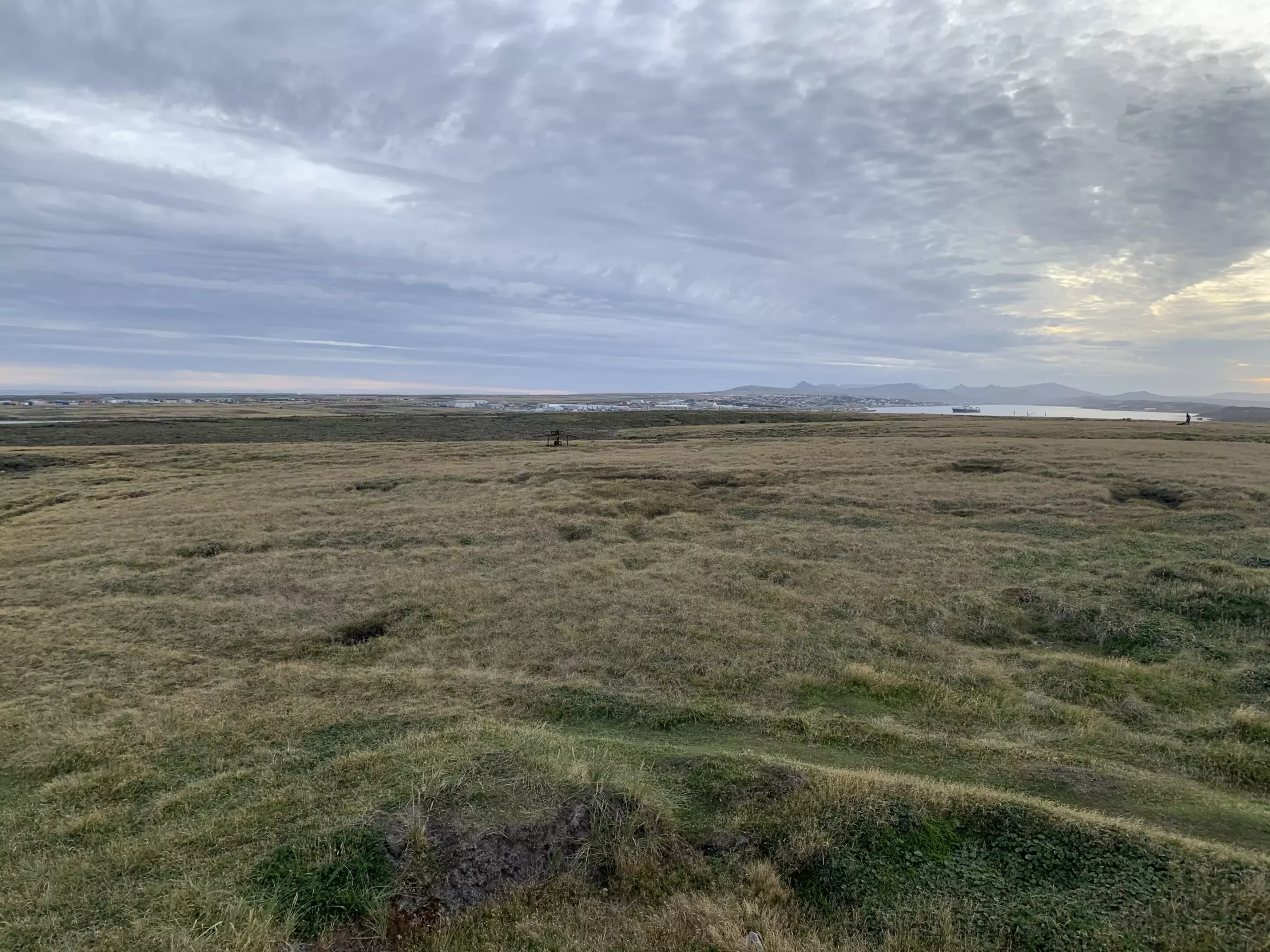

In an astonishing discovery that challenges everything we thought we knew about the Falkland Islands’ ecological history, researchers from the University of Southampton have unveiled evidence of a verdant rainforest that blanketed this rugged archipelago up to 30 million years ago. Dr. Zoë Thomas, leading a multidisciplinary team, has highlighted an ancient ecosystem that once flourished in the cool, moist climate of the South Atlantic—a stark contrast to the current treeless, windswept landscape we see today.
This revelatory research, which has recently appeared in *Antarctic Science*, paints a picture of a time when the Falklands were dense with diverse plant life, akin to the temperate rainforests found in southern South America today. The significance of these findings not only reshapes our understanding of the islands’ climatic past but also invites us to consider the broader narrative of ecological transformation influenced by geological and climatic changes over millions of years.
The journey towards this groundbreaking research began quite serendipitously. While conducting an unrelated project in the Falkland Islands, Dr. Thomas and her team were informed by local residents of a remarkable find at a construction site in Port Stanley. This informal communication about buried tree remnants turned into a scientific endeavor that would reveal the rich, prehistoric ecological tapestry of the region.
A builder’s chance discovery of large, remarkably well-preserved tree trunks and branches, encased in a deep layer of peat, suggested that these remains had been buried for eons—yet looked as if they were recently placed there. Dr. Thomas expressed her astonishment, noting that the present-day environmental conditions of the Falklands, characterized by fierce winds and nutrient-poor, acidic soils, are inhospitable to tree growth. This realization raised critical questions about the nature and age of the wood found at the Tussac House site.
The collaboration with the South Atlantic Environmental Research Institute (SAERI) facilitated the careful extraction and transportation of the peat samples to Australia, where advanced laboratory techniques allowed for a detailed analysis. Despite the challenges in radiocarbon dating due to the extreme age of the samples, an innovative approach involved the examination of pollen spores. This method provided a clearer timeline, pinpointing the age of the tree remains to be between 15 and 30 million years old.
The implications of this research extend well beyond the local context. Understanding how such an ancient rainforest thrived during a significant period of global climate history allows for a deeper comprehension of current ecological trends and climate change. The Falkland Islands were once part of a broader ecosystem, influenced by conditions that favored biodiversity. The tree species of this ancient forest, many of which have since gone extinct, likely arrived on the islands via wind currents from the southern hemisphere’s expansive rainforests.
The demise of this lush landscape invites speculation. Although precise reasons remain unclear, Dr. Thomas and her team propose that shifts in climate—possibly towards cooler and drier conditions—likely played a pivotal role. This transition is emblematic of broader geological phenomena affecting ecosystems worldwide, reminding us of the intricate relationship between climate and biodiversity.
Dr. Thomas reflects on the significance of these findings, emphasizing the importance of community engagement in scientific discovery. The chance interaction with local islanders not only led to the recovery of these ancient specimens but illustrates the collaborative spirit that is essential for scientific advancement. She expresses profound gratitude to the welcoming residents of the Falklands, who played a crucial role in uncovering this hidden chapter of the islands’ natural history.
As we extract lessons from the past, the question arises: what future awaits the Falkland Islands? The researchers’ findings illuminate an essential dialogue about conservation and climate resilience. As our planet grapples with the consequences of climate change, understanding historical ecosystems like that of the ancient Falkland rainforest could provide critical insights into how biodiversity can adapt or succumb to shifting environmental conditions.
The unprocessed layers of peat beneath the flat expanse of the Falklands hold tales of a rich ecosystem that once thrived, filled with life and diversity. These revelations not only refine our understanding of the past but also prompt us to look forward, recognizing the ever-evolving narrative of our planet’s ecosystems. It is a reminder that beneath the surface of even the most barren landscapes lie secrets waiting to be discovered, capable of transforming our comprehension of Earth’s myriad life forms.
In the realm of software development, the ability to swiftly and accurately address bugs is…
The realm of quantum computing and communication is not just an abstract dream anymore; it…
In a remarkable leap for the field of material science, a collaborative research initiative has…
Throughout Earth's vast history, our planet has endured five major mass extinction events that reshaped…
Rainfall is a vital element of our planet’s hydrological cycle, yet many aspects of its…
On a night when the universe aligns, a mesmerizing phenomenon awaits: the appearance of the…
This website uses cookies.